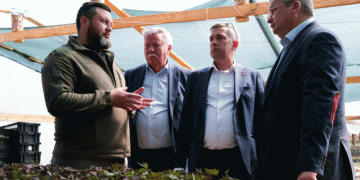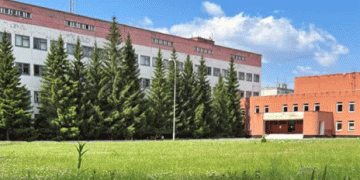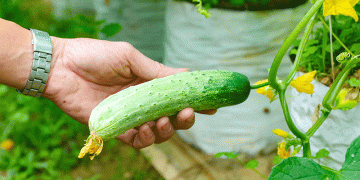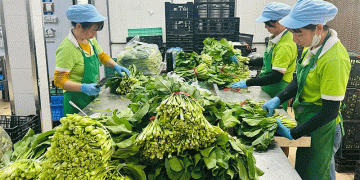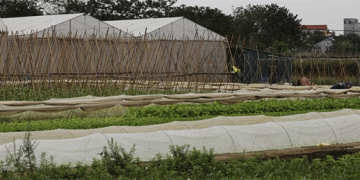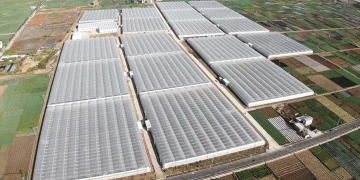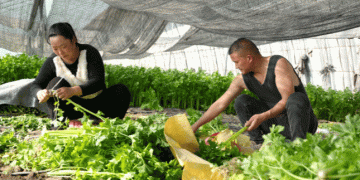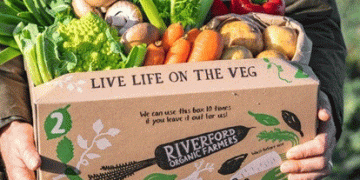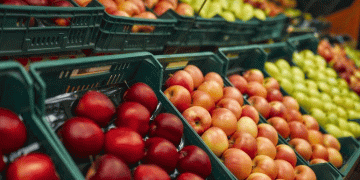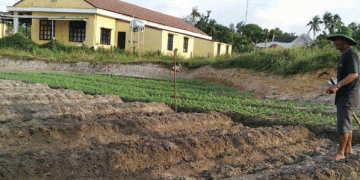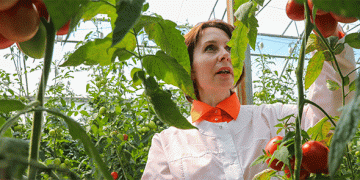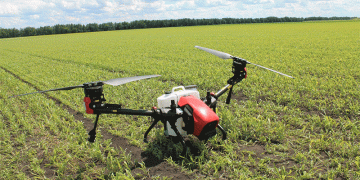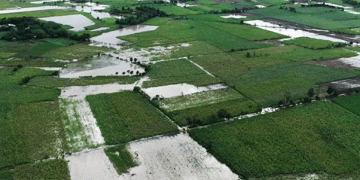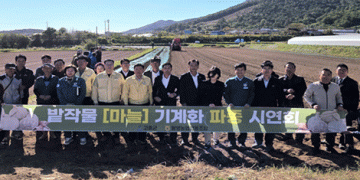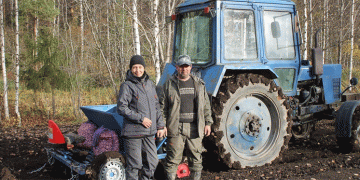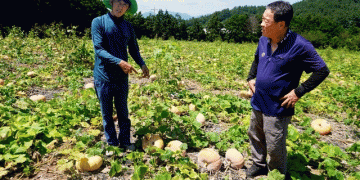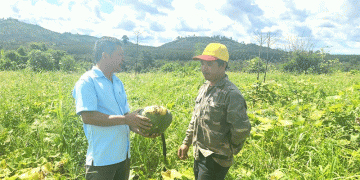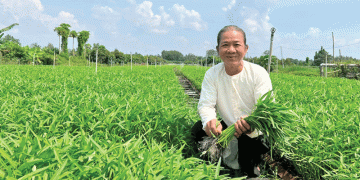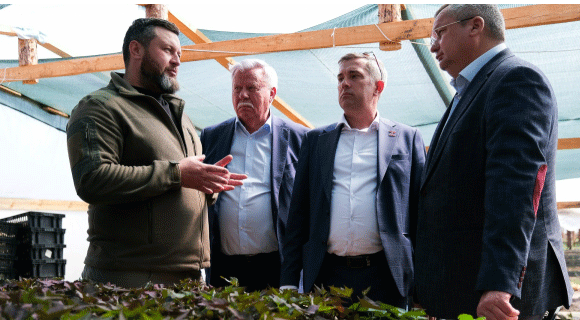In a recent working trip to the Krasnoyarsk district of Astrakhan Oblast, Igor Martynov, Chairman of the Regional Duma, visited key agricultural enterprises and social facilities, highlighting the region’s rapid agribusiness expansion. The tour showcased how strategic investments, government support, and innovative farming practices are driving rural economic growth.
Greenhouse Farming and Diversification
One standout project was the peasant farm “Volzhanka”, which has constructed 62 greenhouses for cultivating batata (sweet potato) and ginger—crops not traditionally grown in the region. Commercial Director Mikhail Yarikov noted plans to supply major Russian retail chains and establish a processing facility. With 120 employees already hired, the farm exemplifies how niche crops can create jobs and diversify production.
Global Context: Controlled-environment agriculture is expanding worldwide, with the global greenhouse market projected to reach $60.8 billion by 2030 (Grand View Research, 2024). Russia’s demand for fresh produce year-round makes such ventures economically viable, especially with state subsidies reducing financial risks.
Tomato Processing: A Major Investment
Another highlight was the “Tomarina” processing plant in Zaykovka village, a full-cycle tomato paste production facility covering 2,000+ hectares. The plant aims to produce 28,000 tons of paste annually, employing 1,500 seasonal workers. With 8 billion RUB (~$90 million) in investments, this project aligns with Russia’s push for import substitution in food processing.
Industry Insight: Russia’s tomato paste market has grown by 12% since 2022, driven by reduced imports and higher domestic demand (Agroinvestor, 2024). Vertical integration—from seeds to finished products—ensures supply chain resilience.
Rural Development: Healthcare and Education
Beyond agriculture, Martynov inspected a new modular paramedic-midwife station in Vatazhnoe village, serving 1,300 residents, and a modernized library in Krasny Yar. These projects reflect broader efforts to improve rural living standards, crucial for retaining skilled labor in farming regions.
Astrakhan’s agribusiness growth demonstrates how public-private partnerships, crop diversification, and infrastructure investments can revitalize rural economies. With federal grants and low-interest loans available, farmers and agri-entrepreneurs have unprecedented opportunities to scale production. The success of “Volzhanka” and “Tomarina” offers a blueprint for other regions aiming to boost food security and employment.
